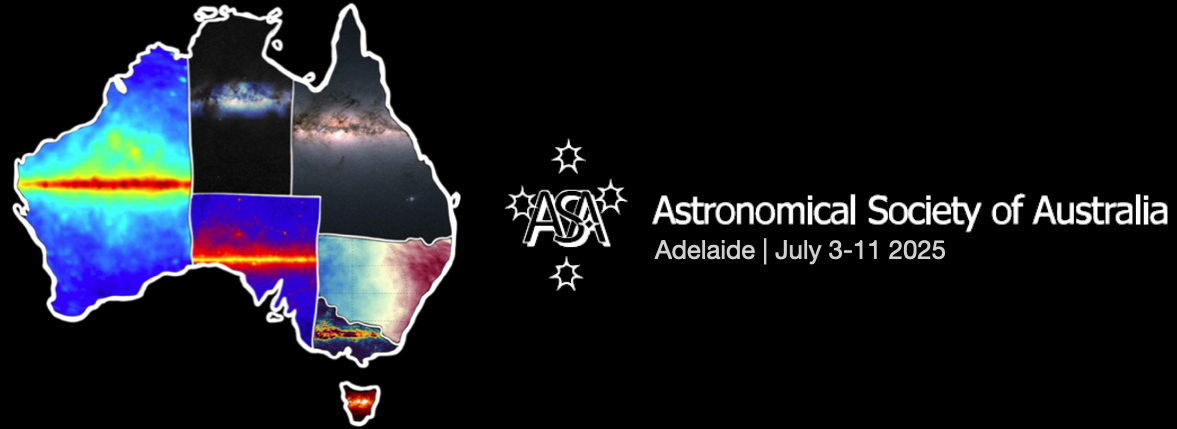Speaker
Description
At very high energies, there is a deficiency in the number of muons produced in hadronic extensive air showers (EAS) in simulated interaction models compared to experimental measurements. Imaging atmospheric Cherenkov telescopes (IACTs) can be used to study this ‘muon puzzle’. These telescopes detect the resultant Cherenkov light emitted from the interaction of cosmic rays with atmospheric nuclei. To study this discrepancy, muons must be efficiently identified with sufficient statistics to be able to distinguish different shower models.
This can be achieved through understanding properties of air showers and the muon characteristics that result with simulation software. These characteristics will be used to develop models that can identify muons. Examples include statistical likelihood template fitting or machine learning such as deep learning. Presented in this poster is an introduction to how muons are measured with IACTs and the relevant characteristics that will be used to build an effective identification model.

